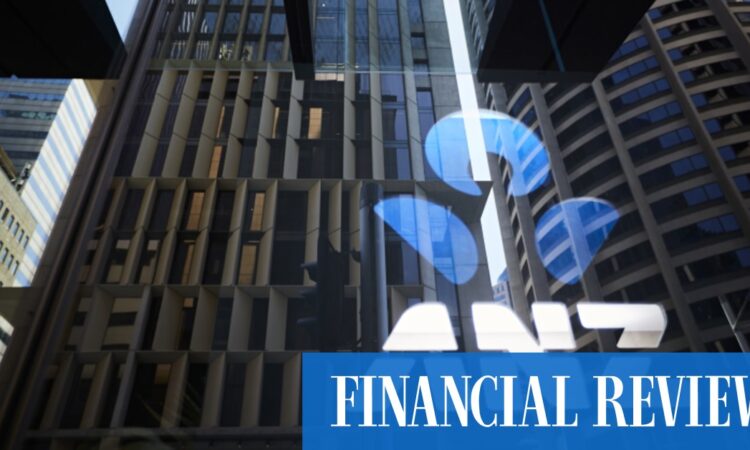
“In the Australian and global context, we think this makes it more likely that banks will compete more aggressively for deposits, to avoid being the bank with the worst deposit dynamics.”
The speed of deposit flight in the digital age and pressures in global funding markets were the biggest contagion risks for banks identified at The Australian Financial Review Banking Summit.
Investors watching the event said its core message – that Australia’s banks have strong capital and liquidity and depositors should be confident in their ability to withstand a very severe economic crunch – would hold them in good stead in global markets, where they faced a significant fundraising task.
Replacing cheap funding
“If banks anywhere are going to have access to funding, it will be the major Australian banks,” said Andrew Martin, principal at Alphinity Investment Management. However, he added, the message of strength “doesn’t mean regulators won’t reflect on what else they can do to make sure something like this doesn’t happen. An outcome from all of this for all banks is more regulatory scrutiny to make sure these things don’t happen.”
ANZ had on Tuesday seized a market window to raise $4.25 billion, in a deal that was oversubscribed to $6 billion and priced below the bottom range of guidance. Later that evening, the bank raised the further €1.5 billion.
Banks have a big funding task ahead as they replace cheap funding provided by the Reserve Bank through the “term funding facility” with more expensive debt from wholesale markets.
ANZ drew down the least of the big banks from the Reserve Bank’s term funding facility, which was put in place during the COVID-19 pandemic to support the flow of lending to the economy.
Mr Comyn on Tuesday said his bank had already repaid $31 billion of $35 billion in funding due by June.
“That conservatism, we think, puts us in a position where we can withstand some pretty adverse scenarios,” he said. “Fortunately, Australian banks are well-regarded.”
But the banks said they would also compete harder for more stable, stickier deposits to offset funding market pressures as they complete the task.
Morgan Stanley analyst Richard Wiles said deposit rates “will continue to rise by more than the cash rate in the months ahead”.
Asked on Tuesday if the banks would consider asking the RBA to extend the term funding facility given the current market turmoil, Mr Comyn said it was highly unlikely it would need to, even though the CBA has a further $66 billion in funding due next year.
UBS’s Mr Storey said banks with retail deposit bases such as CBA, which has boosted its share of deposit funding from 71 per cent to 75 per cent since COVID-19 started, would fare better over wholesale-funded small banks.
Citigroup analyst Brendan Sproules said even though there was “considerable uncertainty” in banking and credit markets, investors should maintain exposure to Australian banks.
“In the near term, there is no change to the Australian banks’ fundamentals, with strong liquidity, capital and asset quality,” he said, adding that the sector appeared set for better earnings than other parts of the market this financial year. “We see scope for upside surprise.
“The events of the GFC showed that the banks tend to underperform late cycle. As such, we think it early to dismiss the sector at this juncture. We believe investors should favour the majors at this point, and continue to prefer ANZ and Westpac over the other majors and regionals.”





